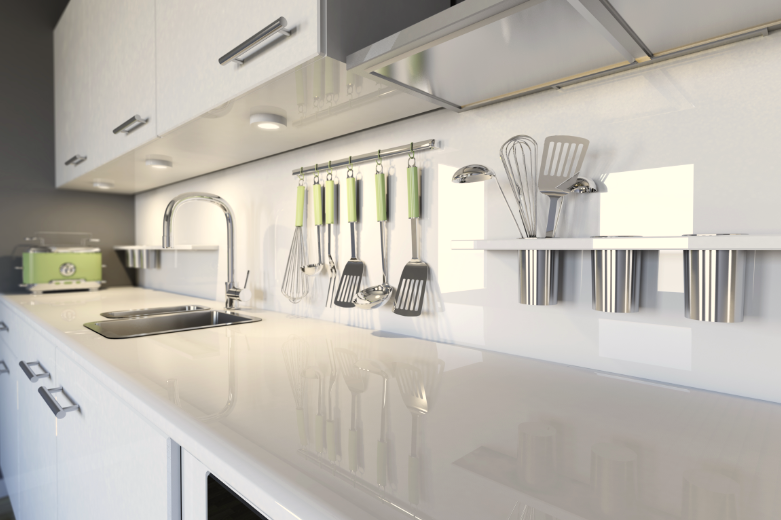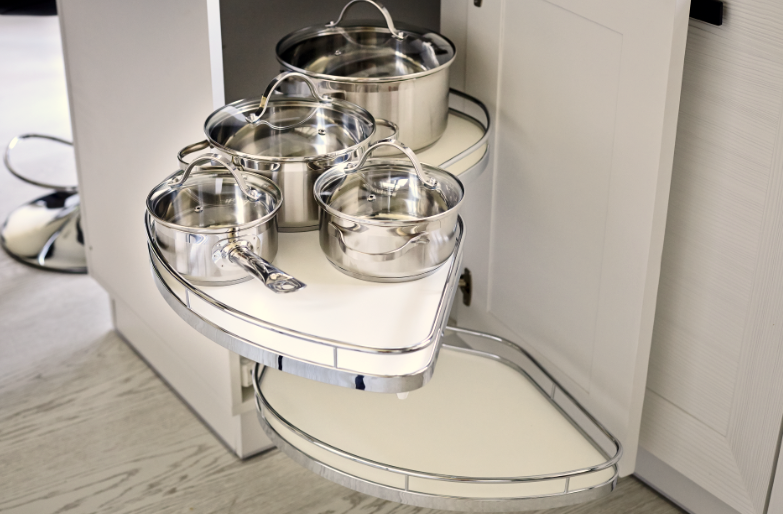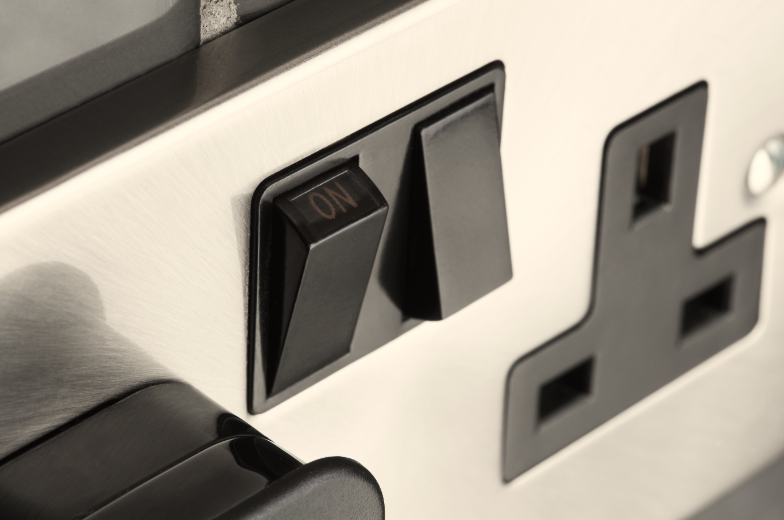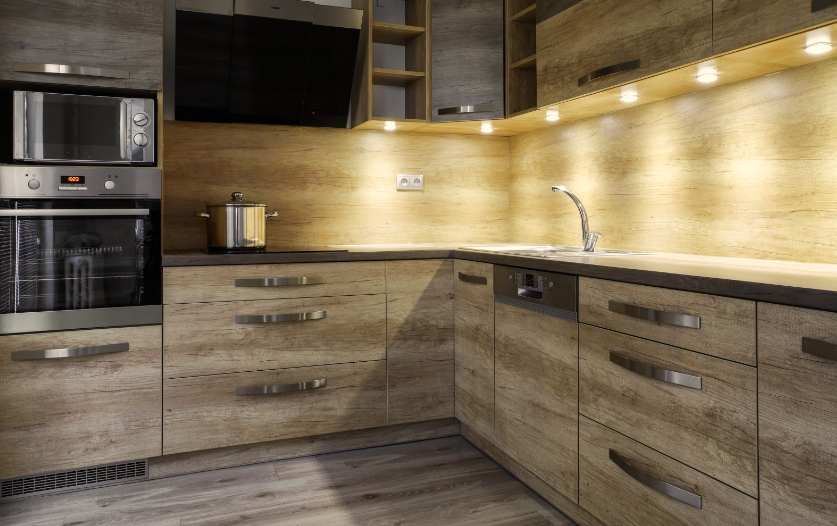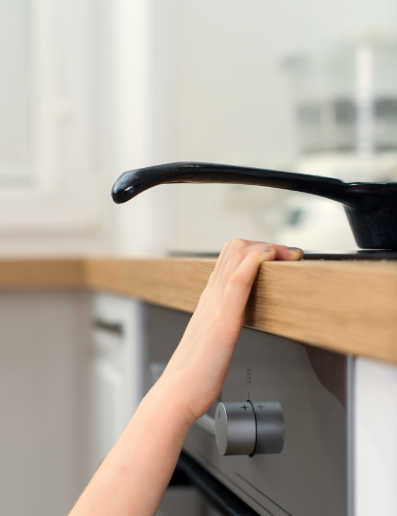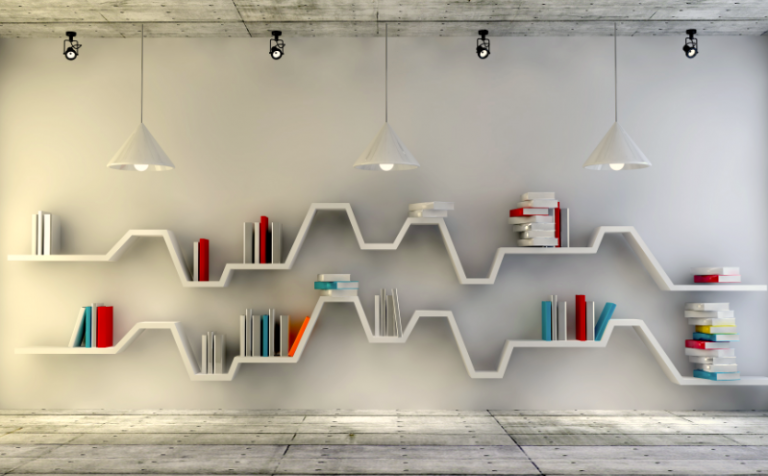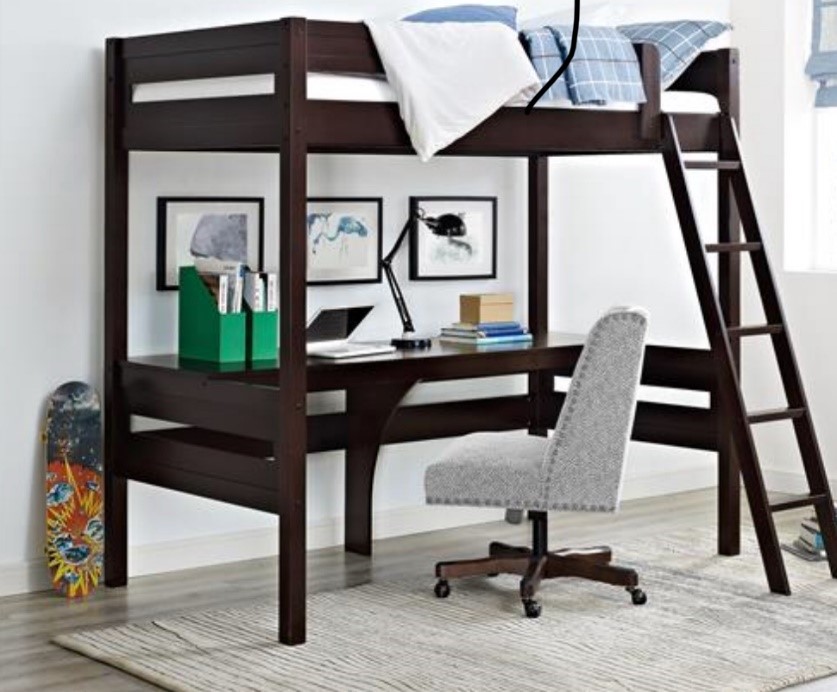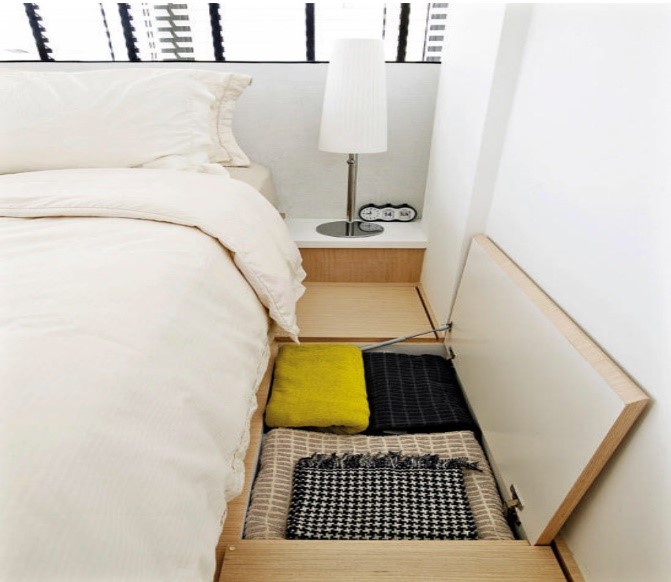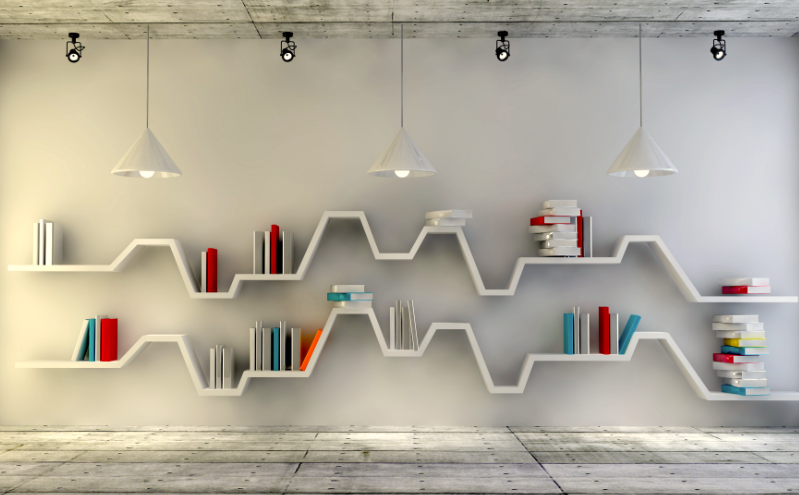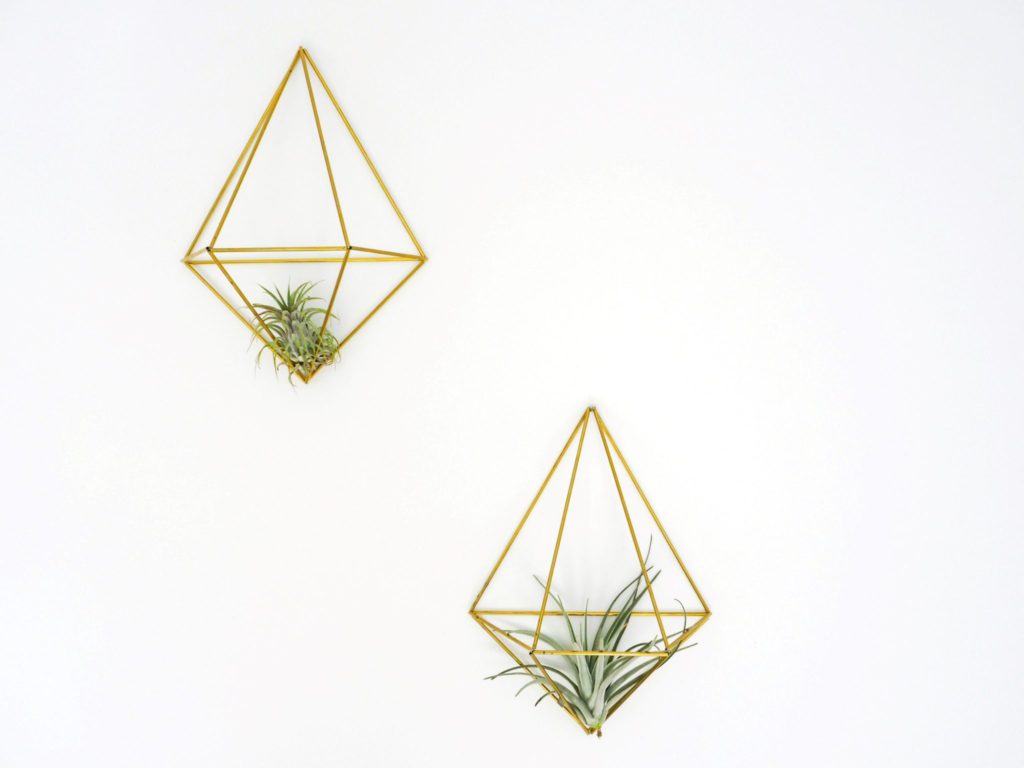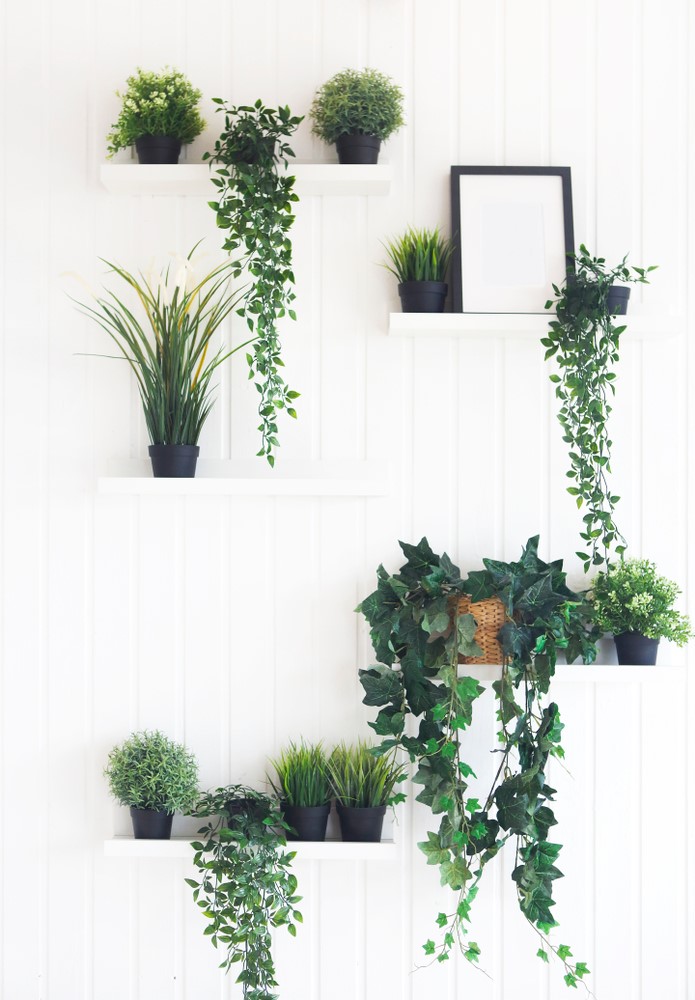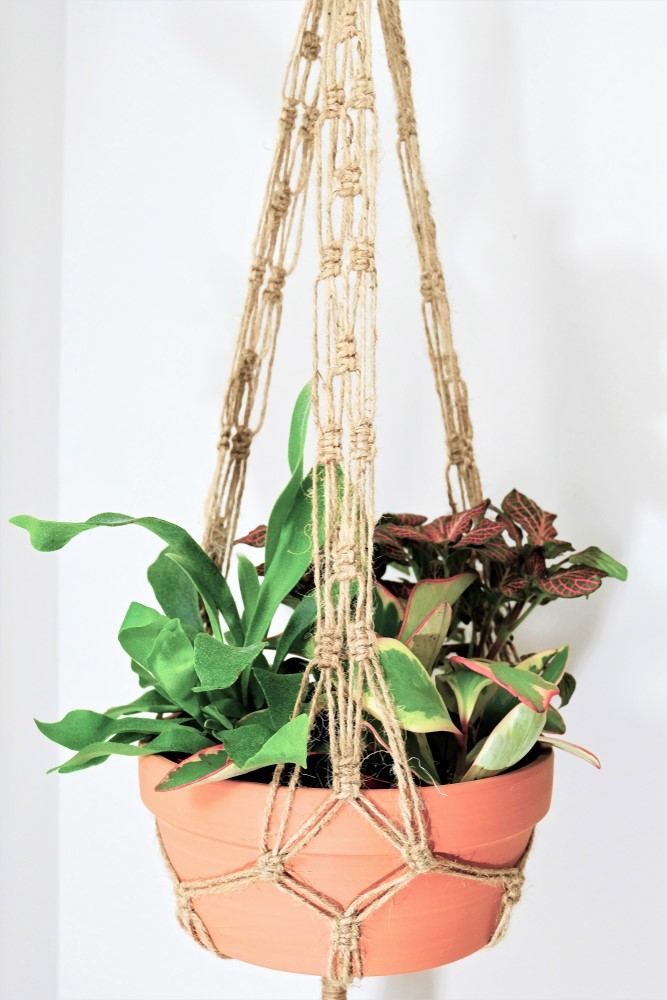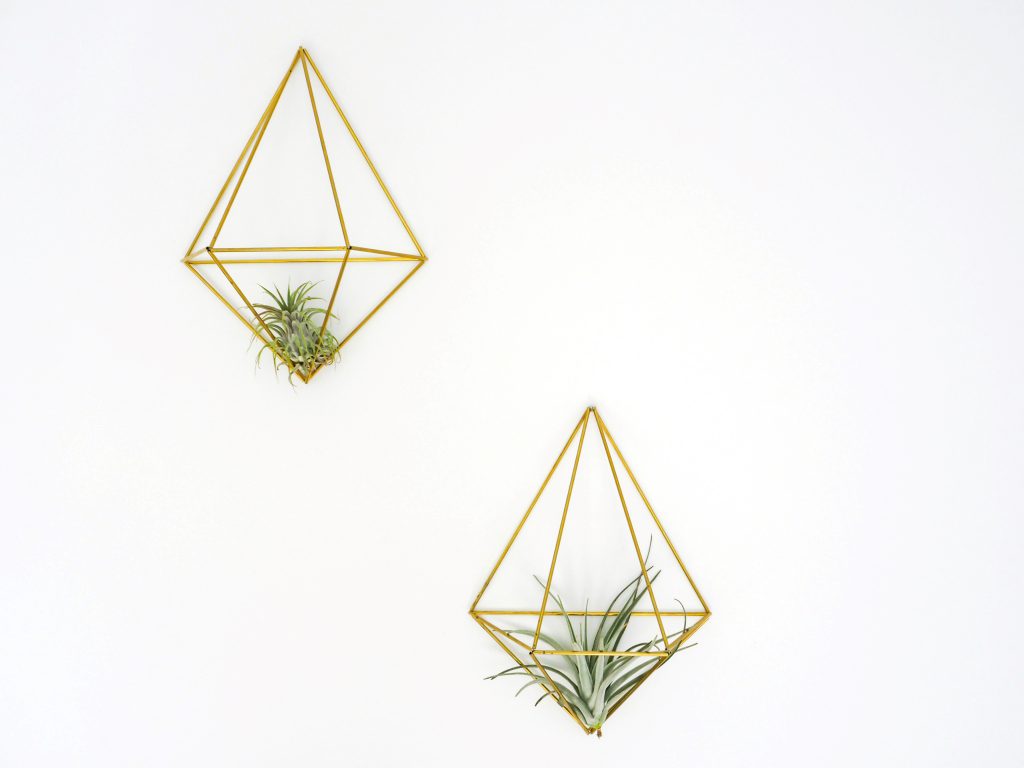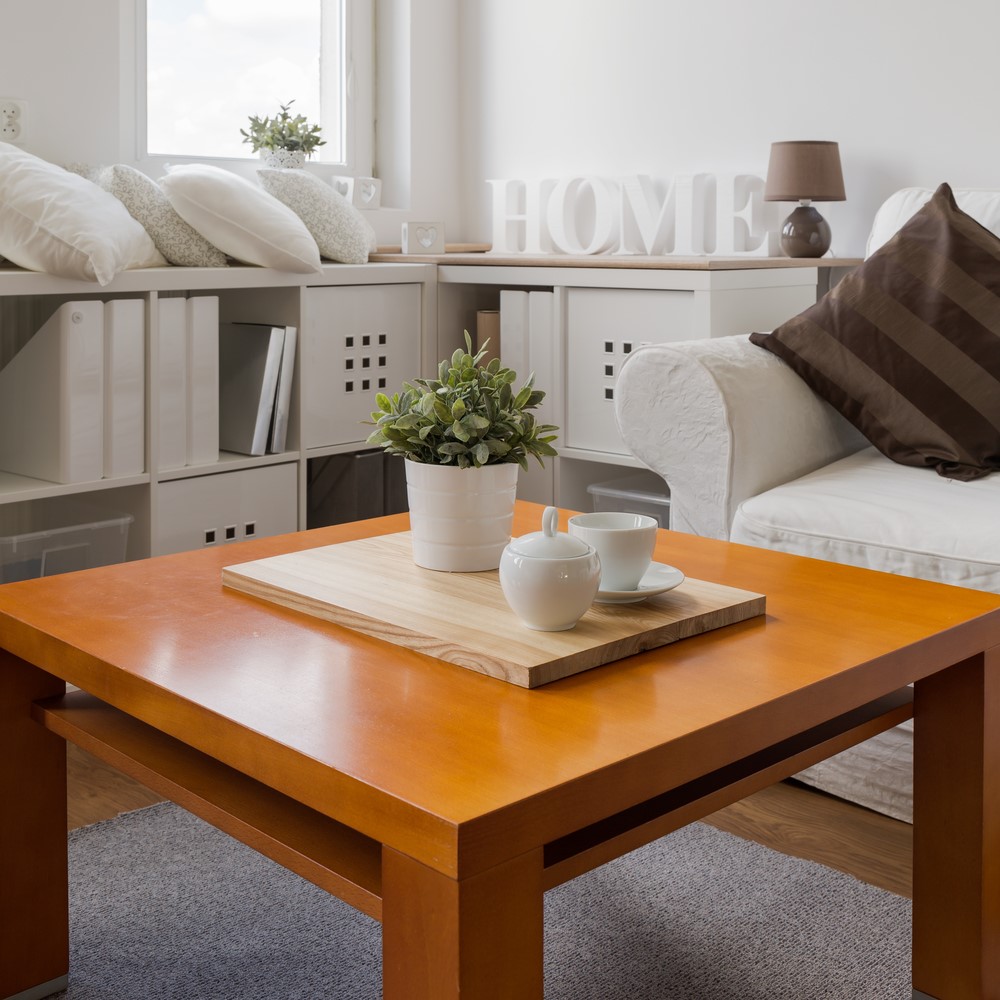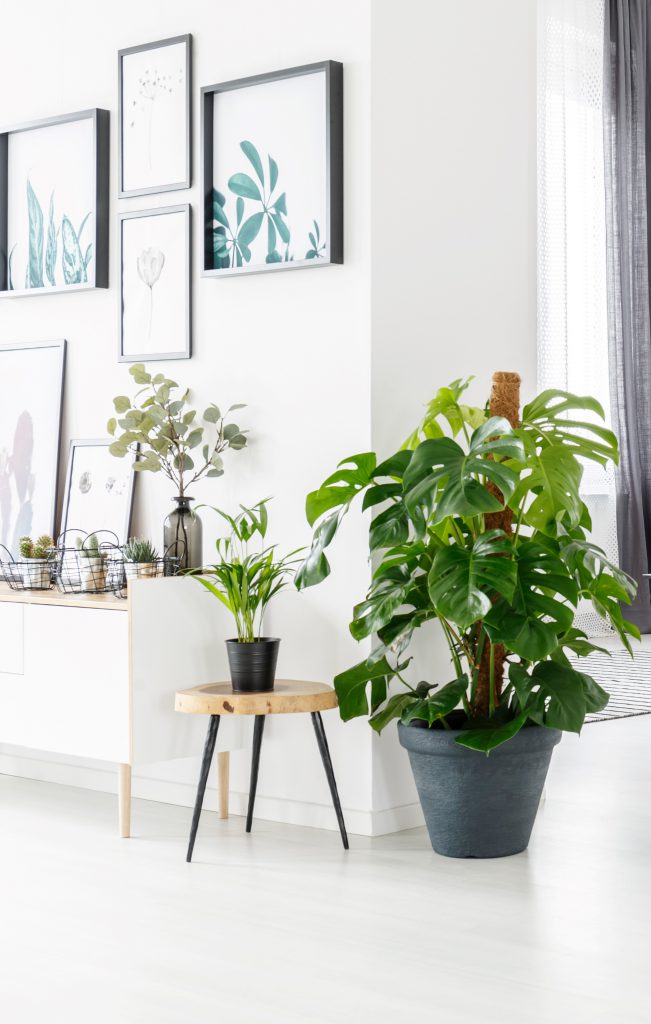Luxe Look for Less
Luxe Look for Less
The luxe look exudes elegance, glamour, and sophistication. But it may be tricky to buy budget-friendly items for this theme. Here is where styling accents can achieve the same marvellous vibe, at a fraction of the cost.
1. Faux marble
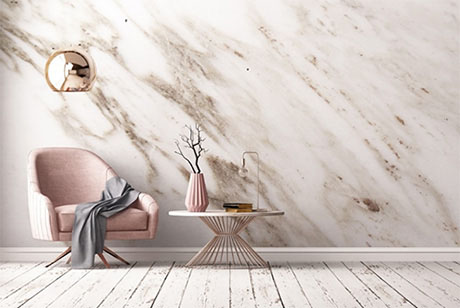
Marble has always been a material that adds a luxurious touch to home decor. For those on a budget, marble contact papers are excellent replacements to the real (and expensive) deal.
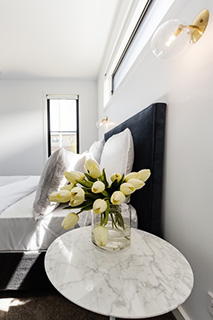
Try adding marble accents in your home by using marble contact papers over your current household items, such as trays or your bedroom bedside table. Up for some DIY? Check out how to use marble contact paper to create a minimalist terrarium.
2. Power lighting
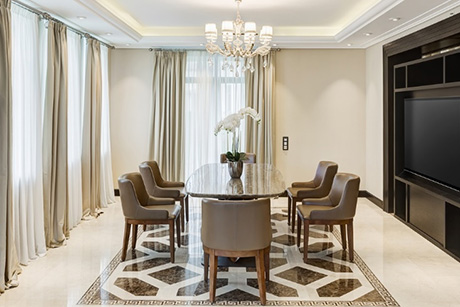
If done right, lighting can be a powerful way to create the right atmosphere without spending much money. Ditch the outdated lighting fixtures, and swap them for fancier ones such as pendant lighting, chandeliers, or table lamps.
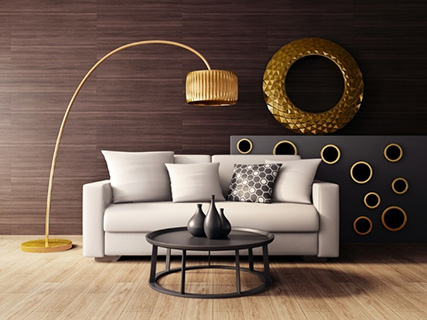
If you have the space, floor lamps can also add a stylish touch to your home interior. For dramatic effect, try including metallic or modern arc lamps for that classic and timeless designer look.
3. Glamour gold
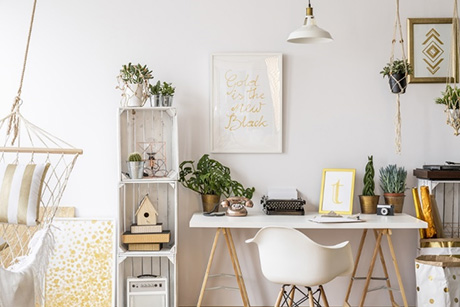
Nothing says luxe more than gold. These days, you can easily use gold spray to instantly add glam to anything in your home. Focus on finding accent pieces that will stand out, such as the legs of a side table or upcycled glass jars, and add a simple coat of spray paint to for an extravagant touch.
Other metallic shades, such as silver and bronze, can also add a pop of sparkle and shine. A quick tip – exercise restraint when using metallic shades in your home decor. It may look tacky when overused, but using them sparingly can instantly elevate your living space.
4. Wall wow

If you are just starting to incorporate the luxe look in your home and do not wish to commit to expensive art pieces, try hanging abstract pieces or short quotes on your wall instead. There are lots of free prints online, or scour craft websites for good bargains. Now all you have to do is print and frame it up yourself!
Have more tips on how to create a luxe look for less? Share your ideas with us at our social!
Source: mynicehome.gov.sg

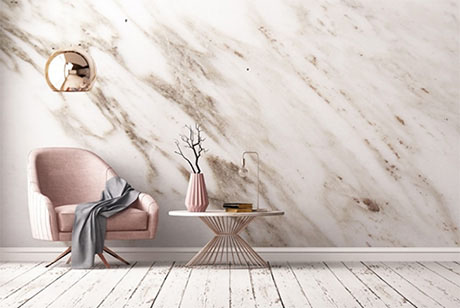
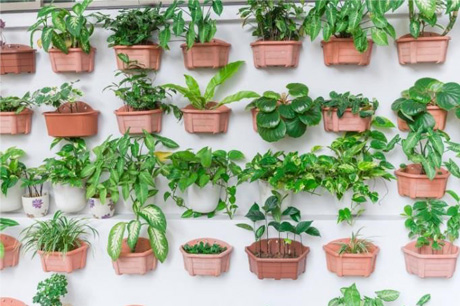
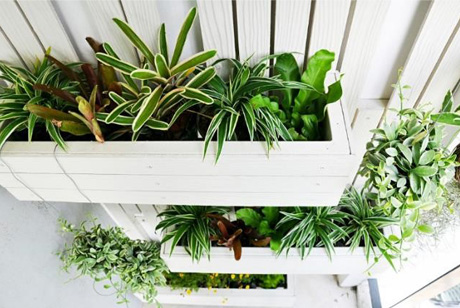

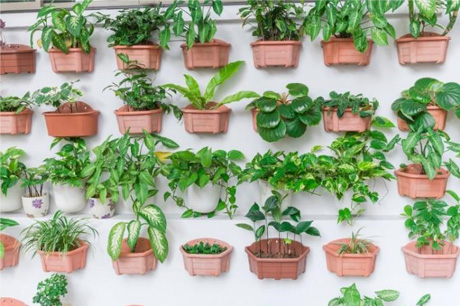
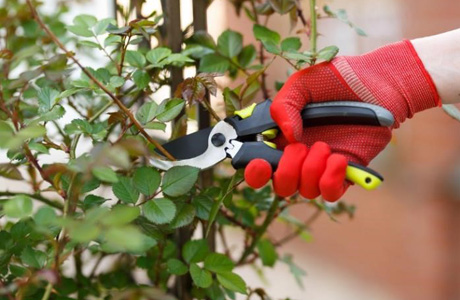
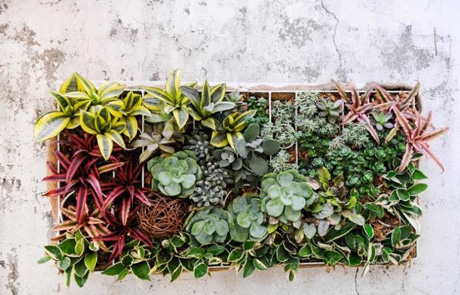





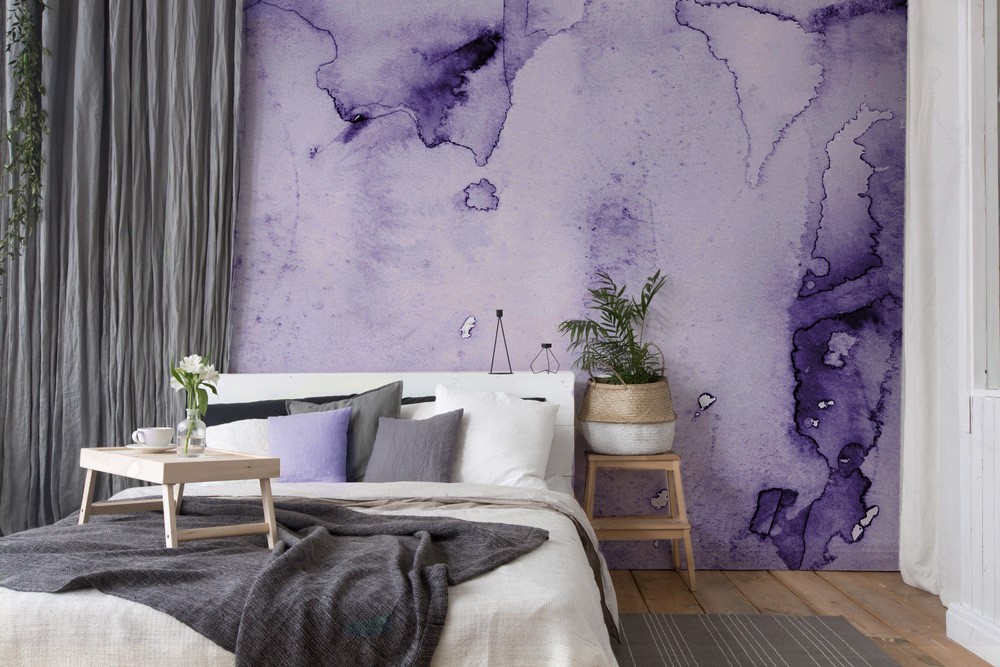







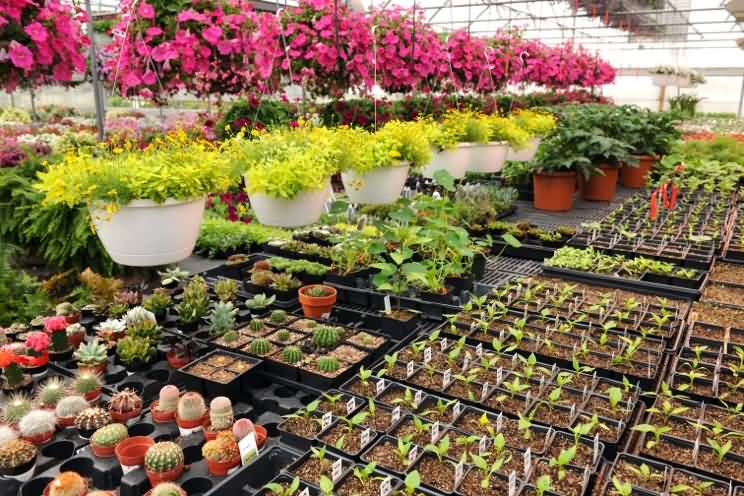
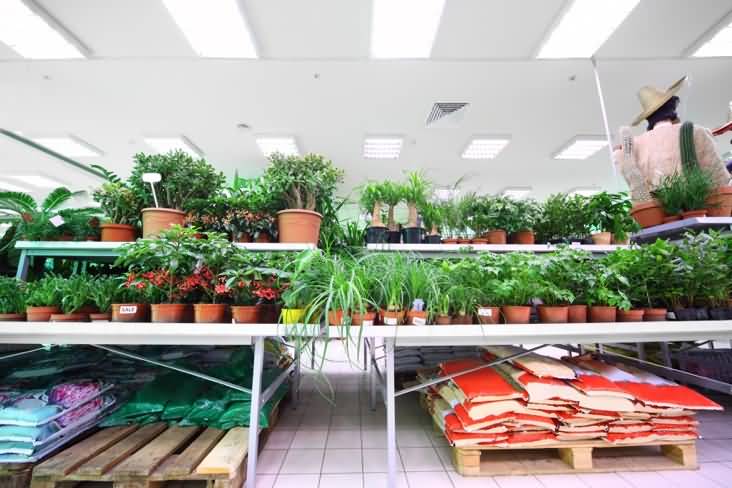
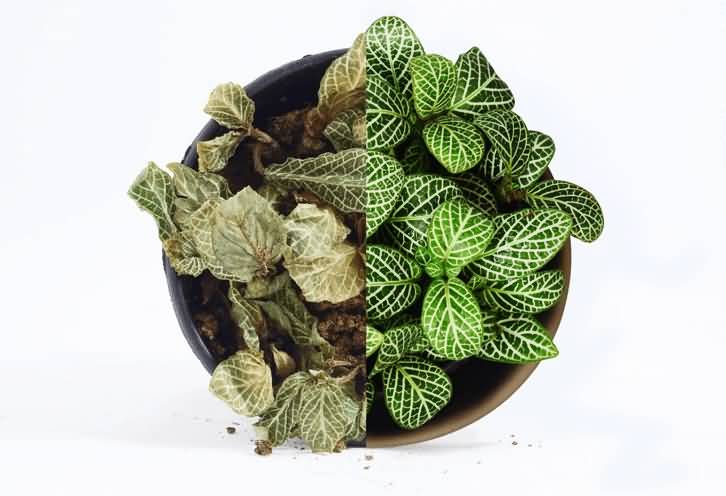


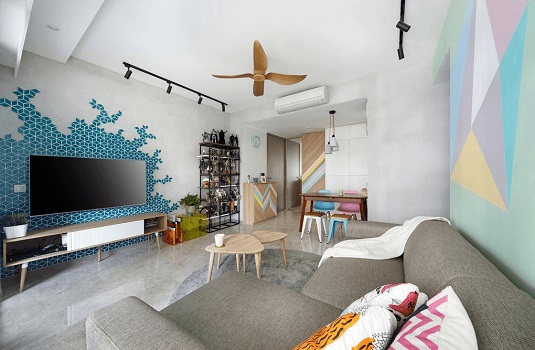
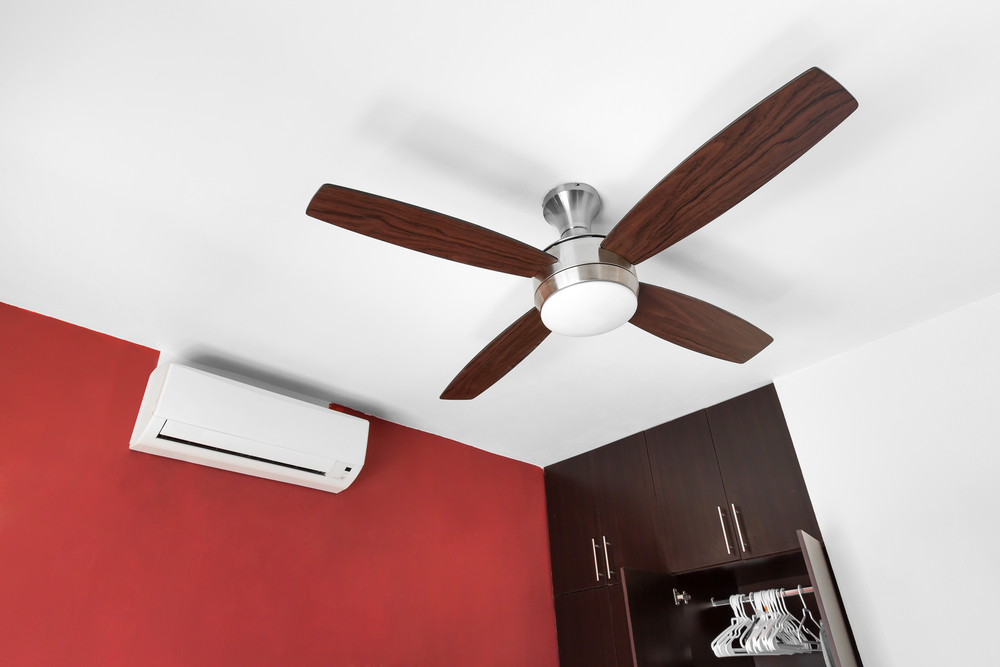
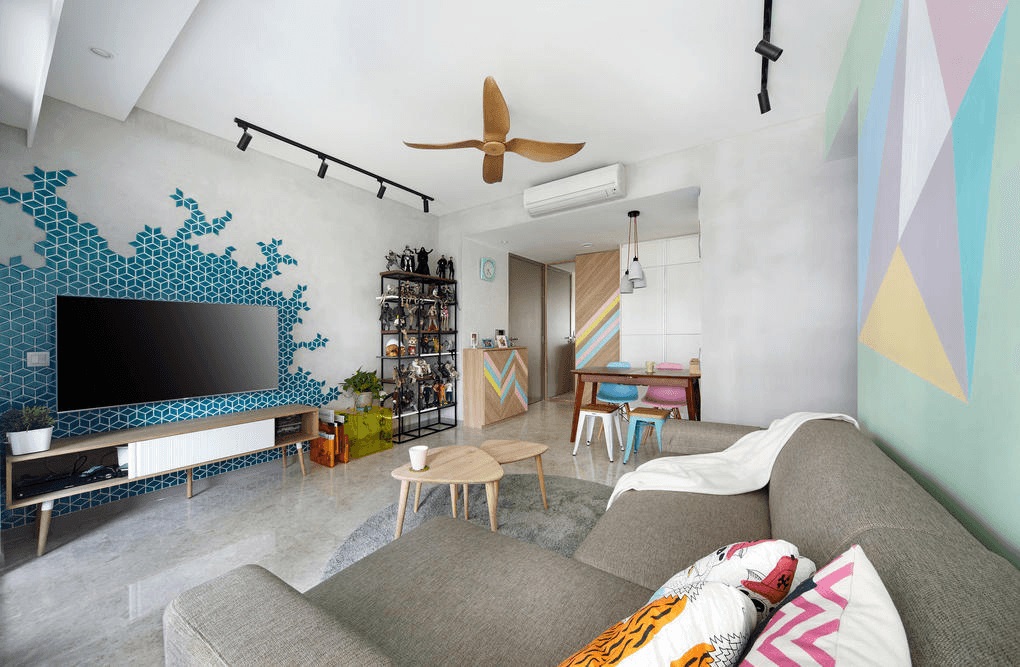
 v
v
